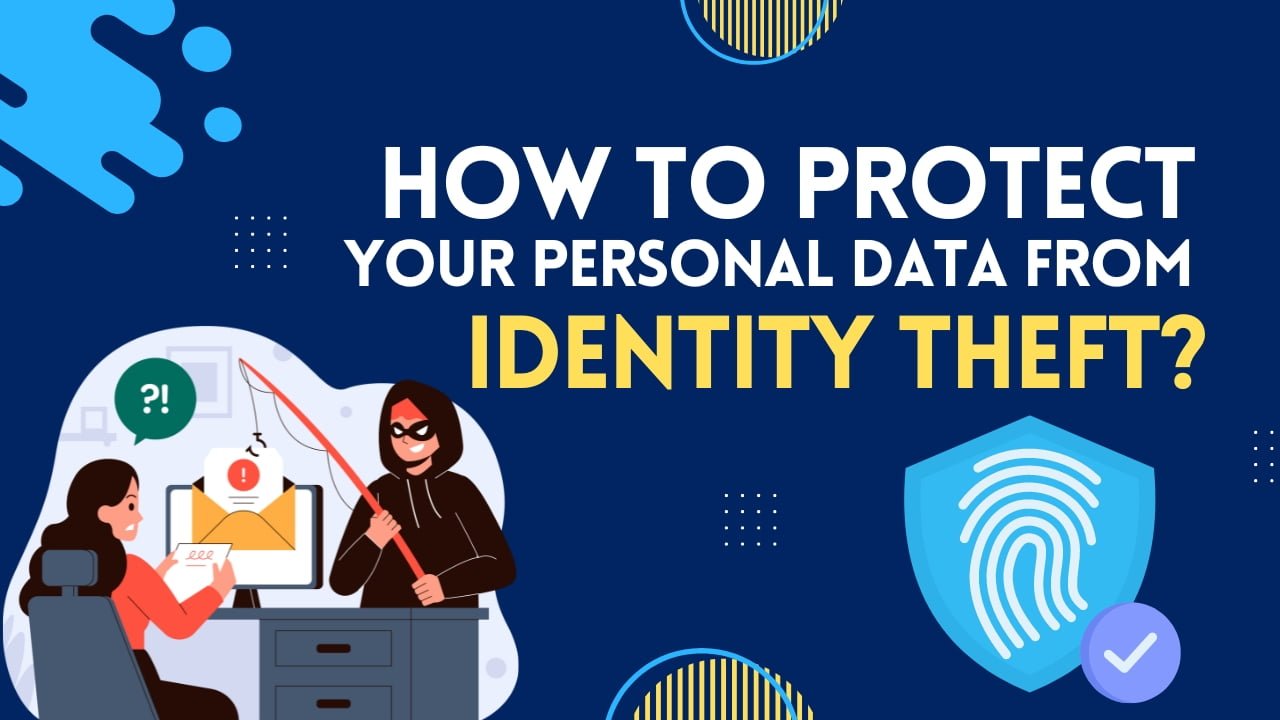Identity theft is increasingly critical and growing during the digital age. Now that personal information is readily available and easy to exploit for profit, security of your information is top priority. In this guide, we’ll explore comprehensive strategies to protect yourself from identity theft, including practical steps, technology solutions, and essential habits to adopt. Let’s dive in!
Understanding Identity Theft
Identity theft happens when a third party, for example your Social Security number and/or credit card information, is used by an unauthorized user on your behalf. This may result in cases of fraud, financial damage and a chronic effect on credit rating. The crooks have the potential to use your data to access new accounts, authorize transactions where it is not permitted and even carry out crimes in your name. Awareness of how identity theft works is the starting point for being protected from it.
Why Identity Theft Matters?
Identity theft can have catastrophic impacts on your finances and reputation. In addition to direct financial damage, victims experience credit score problems, loan eligibility, and worst of all, possibly even become enemies of the law. Recovery from identity theft can be time-consuming and costly. Hence, prevention and early intervention are crucial in reducing the risks.
Also Read: How to Recognize and Avoid Phishing Scams?: Essential Tips
Steps to Secure Your Personal Data
Use Strong, Unique Passwords
Strong and unique passwords are one of the basic steps in account protection online. Avoid common pieces of words like “password123” or “qwerty.” In stead, use complex ones with letters, numbers, and symbols. Consider a password manager to store them safely.
Enable Two-Factor Authentication
Two-factor authentication provides an additional security ring, as it requests a second check of verification in addition to a username/password, e.g., via a text message or authenticating application. Enabling 2FA on your accounts can sharply reduce the risk of unauthorized access to your account.
Be careful with public Wi-Fi
Public Wi-Fi networks are a haven for hackers. Do not access sensitive data or make financial transactions whilst connected to public Wi-Fi. [If required, use a virtual private network (VPN) of the user’s data etc. to anonymize it and protect it from any unauthorized persons..
Regular Monitoring of Financial Statements
An honest routine of your bank and credit card receipts can detect misuse of your card in an early stage. Implement alarms for suspicious activity on your accounts and report any anomalies to your bank in an early stage.
Protecting Your Digital Devices
The security of your digital property is essential for preventing identity theft. Use antivirus software, current your OS and applications and enable encryption on your devices. Do not download software or open links from the internet or an unknown provider.
Handling Suspicious Activity
At the moment you suspect your personal data has leaked, respond to it as soon as you can. Inform your bank and credit card companies about account freezes and report this incident to the Federal Trade Commission or your country’s government regulatory agency. Consider placing a fraud alert in your credit report.
Education of Yourself and Others
Keep abreast of the latest scams and security threats. Share this knowledge with friends and family members to assist them in protecting their personal information as well. Awareness and education of consumers is the ultimate solution to identity theft prevention.
Utilizing Identity Theft Protection Services
A significant function of identity theft protection services is to watch over your personal data so you can be immediately alerted when there is a potential threat. Such services usually have features such as credit checking, identity recovery and financial loss insurance. Several vendors have been compared by analyzing the requirements of potential users and the capabilities of development tools to select the most suitable one whose requirements align with yours.
Legal and Recovery Steps
In such situations, you have legal remedies available and can take necessary action against them. File a police report with the law enforcement department. You may also need to collaborate with credit bureaus and other financial actors to help correct any errors in your credit file and to help restore your credit standing.
Tips for Safe Online Shopping
When shopping online, confirm that the website is secure by ensuring the URL contains “https. Use credit cards instead of debit cards for added protection, and be cautious when sharing information. Moreover, it is very important to know where to shop; beware of unknown or insecure sites.
Also Read: The Impact of GDPR on Data Privacy and Security Practices
Resources and Tools
Here are some valuable resources and tools to help you protect your personal data:
- Credit Monitoring Services: Experian, Equifax, and TransUnion
- Password Managers: LastPass, Dashlane, and 1Password
- Antivirus Software: Norton, McAfee, and Bitdefender
Frequently Asked Questions
What should I do if I believe my identity has been stolen?
Contact your bank and credit card companies immediately to place a freeze on your accounts. Report the theft to the Federal Trade Commission (FTC) or the equivalent in your country. Consider placing a fraud alert on your credit report.
How do I protect my children’s identity?
The individual must monitor their credit report and be careful while sharing personal details. Teach them about online safety and phishing scams.
Is the identity theft protection service worthwhile?
Identity theft protection services can offer monitoring and recovery services that may have value to the consumer. Compare various providers for selection of services suitable to needs and budget.
Must Read: Incident Response Planning: How to Prepare for and Manage Security Breaches?

